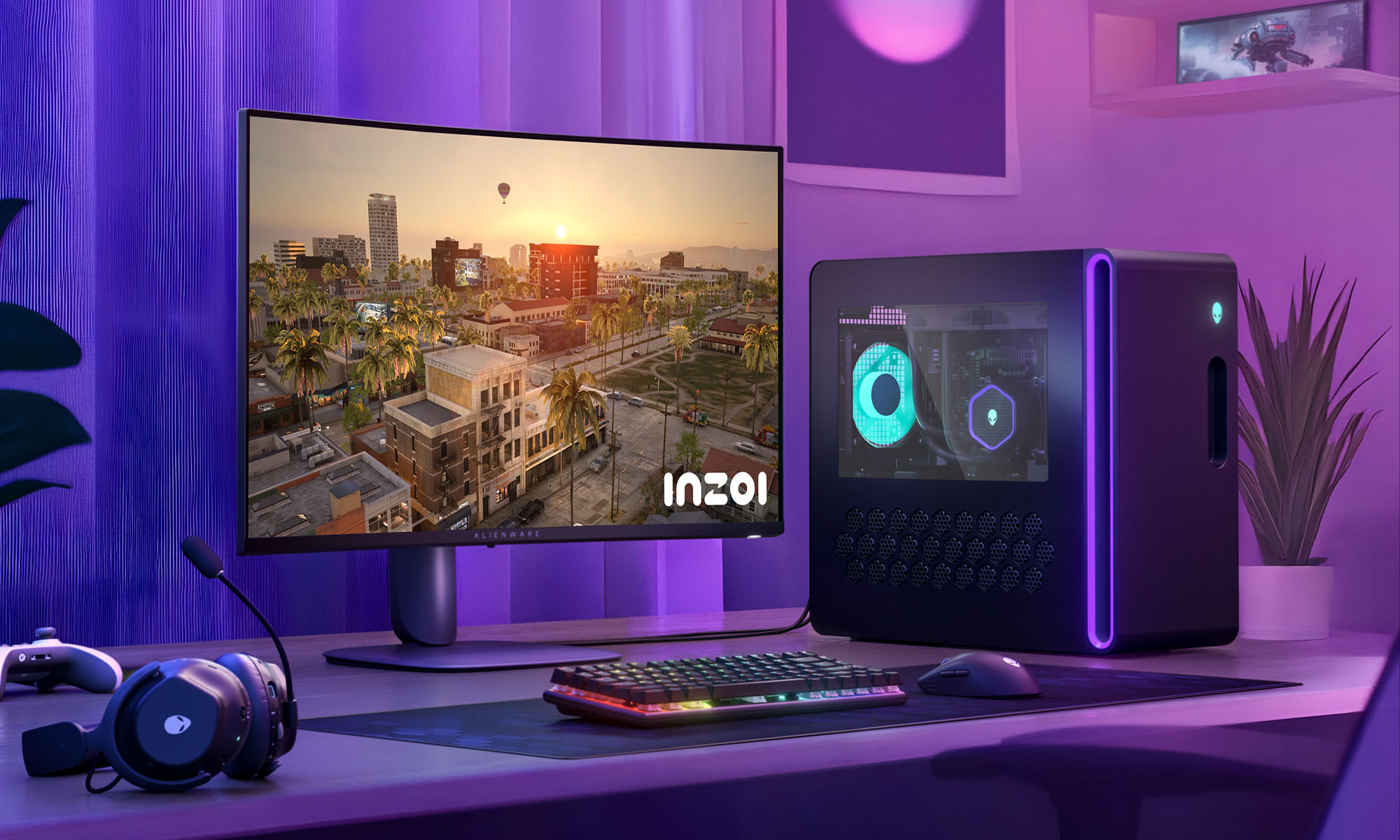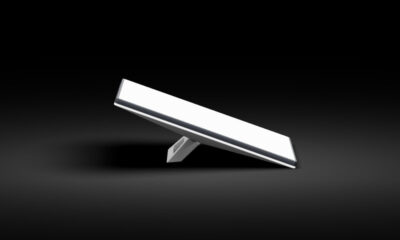News
Japan Sets A New Internet Speed Record With 319 Terabits Per Second
That’s around 7.6 million times faster than the internet connection you probably have at home.

Don’t you sometimes wish your internet speed was a bit faster when browsing the web, streaming online content, playing multiplayer games, or participating in a video conference? Most people do, including scientists at Japan’s National Institute of Information and Communications Technology (NICT). Recently, NICT set a new internet speed record when a group of its scientists successfully transferred data at 319 Terabits per second (Tbps) over a simulated 3,001-kilometer distance.
To put the record-breaking data transfer speed into perspective, the average fixed broadband download speed worldwide currently sits around 100 Mbps, which is around 3 million (yes, million) times slower. The new record is a significant achievement even as far as internet speed records go because it’s almost double the previous world record (179 Tbps), which was achieved by British and Japanese researchers in August 2020.
Transmitting data at such an unimaginably fast speed required plenty of innovation and cutting-edge technologies. Whereas typical fiber-optic cables have just one core designed for light transmission, the cable used by the team of Japanese researchers who set the new record had four cores. The transmitted data was fired using a 552-channel comb laser at multiple wavelengths and given a boost by rare earth amplifiers.
Since the entire test took place under laboratory conditions, you shouldn’t expect your local internet service provider to follow suit in the near future by implementing similar technologies due to their cost. The most likely real-world applications of the cutting-edge system involve high-speed backbone communication.
Also Read: Super Fast 6G Connectivity Is Closer Than You Think
“It is hoped that such fibers can enable practical high data-rate transmission in the near-term, contributing to the realization of the backbone communications system necessary for the spread of new communication services beyond 5G,” write NICT researchers.
Considering how much we’ve progressed since Caltech set its 186 Gbps internet speed record in 2011, we can’t help but imagine where we’ll be in another decade or two.
News
Alienware Just Announced Six New Gaming Monitors
The new models include three QD-OLED and three budget-friendly QHD options, expanding the company’s lineup for all gamers.

Alienware has just updated its gaming monitor lineup with six new additions, including the highly anticipated Alienware 27 4K QD-OLED Monitor. The latest wave of releases is set to reach more gamers than ever, offering high-end QD-OLED displays alongside more budget-friendly options.
The latest displays clearly show that the company is doubling down on QD-OLED with three new models sporting the technology. A redesigned Alienware 34 Ultra-Wide QD-OLED Monitor is also making a return, further refining what is already a fan-favorite display.
A Unified Design: The AW30 Aesthetic
All six monitors feature Alienware’s new AW30 design language, first introduced at CES. The AW30 aesthetic brings a futuristic, minimalist look that unites the entire lineup under a cohesive visual identity.
Pushing QD-OLED Even Further
The refreshed Alienware 34 Ultra-Wide QD-OLED Monitor (AW3425DW) builds on its predecessor’s success with a 240Hz refresh rate (up from 175Hz) and HDMI 2.1 FRL support. It also gains G-SYNC Compatible certification alongside AMD FreeSync Premium Pro and VESA AdaptiveSync, ensuring ultra-smooth performance. With a WQHD (3440×1440) resolution and an 1800R curve, this display enhances immersion for both gaming and cinematic experiences.
For those who crave speed, the Alienware 27 280Hz QD-OLED Monitor (AW2725D) pairs a high refresh rate with QHD resolution, balancing sharp visuals with ultra-smooth gameplay. Meanwhile, the Alienware 27 4K QD-OLED Monitor (AW2725Q) delivers stunning clarity with an industry-leading pixel density of 166 PPI, making it the sharpest OLED or QD-OLED monitor available.
Also Read: Infinite Reality Acquires Napster In $207 Million Deal
Worried about OLED burn-in? Alienware’s entire QD-OLED lineup comes with a three-year limited warranty covering burn-in concerns, offering peace of mind for gamers investing in these high-end displays.
Bringing QHD To A Wider Audience
Alongside QD-OLED, Alienware is also releasing three new QHD gaming monitors aimed at more price-conscious gamers. The Alienware 34 Gaming Monitor (AW3425DWM), Alienware 32 Gaming Monitor (AW3225DM), and Alienware 27 Gaming Monitor (AW2725DM) provide a range of sizes and formats to suit different preferences:
- The Alienware 34 Gaming Monitor (AW3425DWM): An ultrawide (WQHD) option for a panoramic, immersive experience.
- The Alienware 32 Gaming Monitor (AW3225DM): A standard 16:9 panel for a traditional but expansive desktop setup.
- The Alienware 27 Gaming Monitor (AW2725DM): A 27” display offering the same performance in a more compact form factor.
All three gaming monitors feature a fast 180 Hz refresh rate, a 1ms gray-to-gray response time, and support for NVIDIA G-SYNC, AMD FreeSync, and VESA AdaptiveSync to eliminate screen tearing. Additionally, with 95% DCI-P3 color coverage and VESA DisplayHDR400 certification, these displays deliver vibrant colors and high dynamic range for lifelike visuals.
-

 News3 weeks ago
News3 weeks agoSpace42 & Cobham Satcom Launch New Satellite Broadband Terminal
-

 News3 weeks ago
News3 weeks agoYasmina Smart Speakers Now Feature Ramadan-Specific Content
-

 News3 weeks ago
News3 weeks agoRipple Gains DFSA License To Offer Crypto Payments In Dubai
-

 News2 weeks ago
News2 weeks agoAre You Ready For Hong Kong’s InnoEX & Electronics Fair?



















